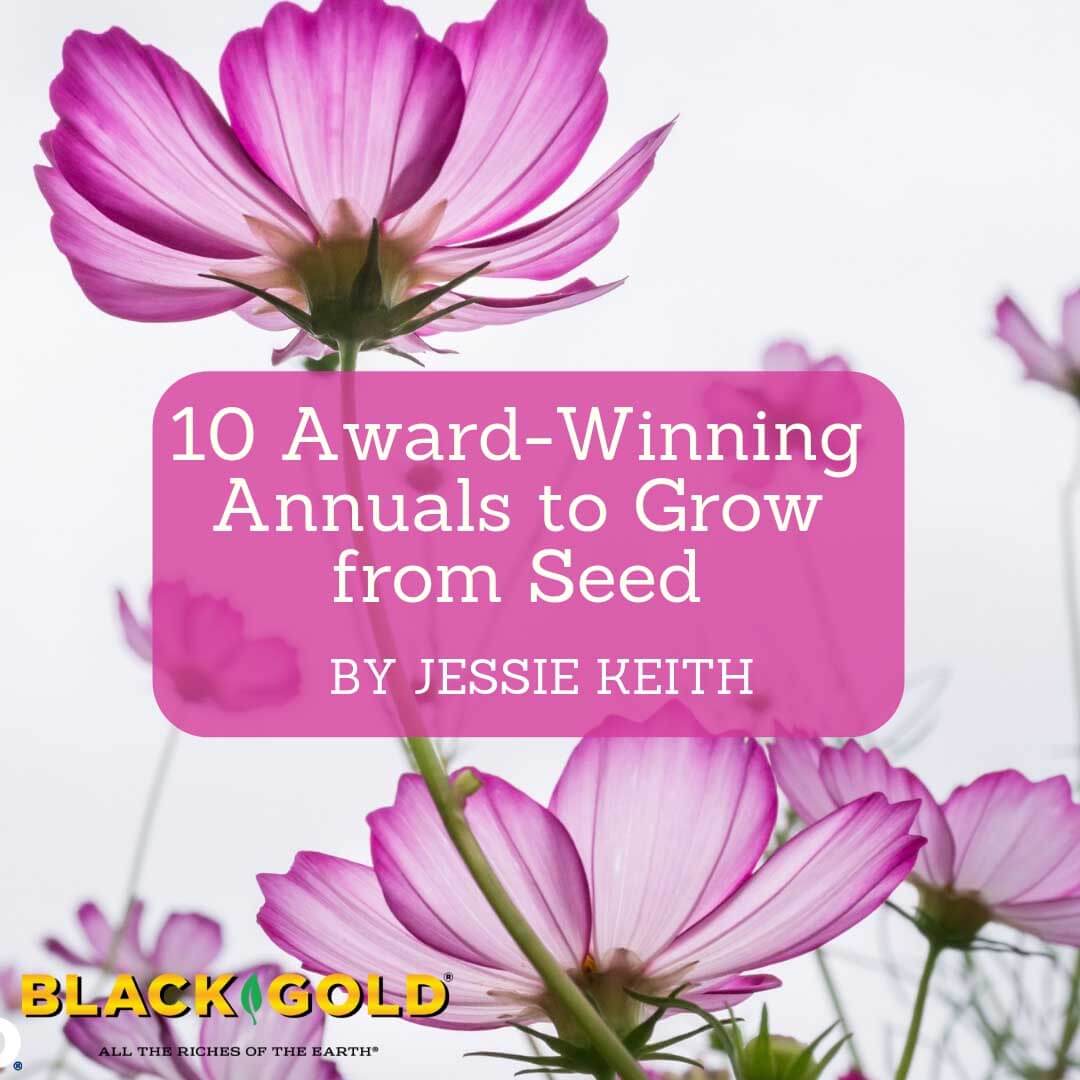
Flats of garden flowers are costly, but you can grow a whole garden’s worth with just a handful of seed packets and a few inexpensive supplies. Petunias, geraniums, impatiens, marigolds, and salvias are several of the common annual favorites easily grown from seed. Choosing award-winning varieties will ensure good garden performance and consistent summer color. This how-to will help you pick the best seed-grown varieties (for sun or shade) and grow them to perfection.
What are Annuals?
Most bedding plants for long-lasting color are annuals. They are distinguished by their single season of flowering. Once the frosts come, they die, but their consistent colorful blooms make them worth the effort. Annuals are the best plants for containers and empty spots in front beds where bright color is desired. Most attract pollinators, too.
Plant Awards
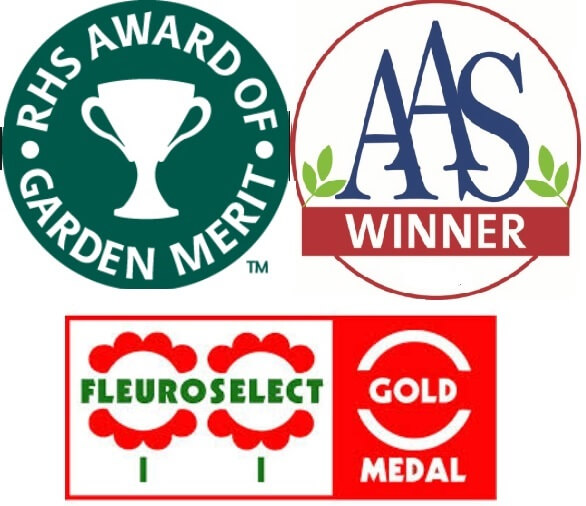 In the United States, the primary organization that tests and awards plants for performance is All-America Selections (AAS). Fleuroselect is an international organization dedicated to awarding outstanding ornamental plants, and The Royal Horticultural Society is a UK-based society that awards excellent plants with the Award of Garden Merit (AGM). Plants marked by these awards have been repeatedly tested for good performance in a variety of locations and growing conditions.
In the United States, the primary organization that tests and awards plants for performance is All-America Selections (AAS). Fleuroselect is an international organization dedicated to awarding outstanding ornamental plants, and The Royal Horticultural Society is a UK-based society that awards excellent plants with the Award of Garden Merit (AGM). Plants marked by these awards have been repeatedly tested for good performance in a variety of locations and growing conditions.
Award-Winning Annuals
Hummingbird Mint
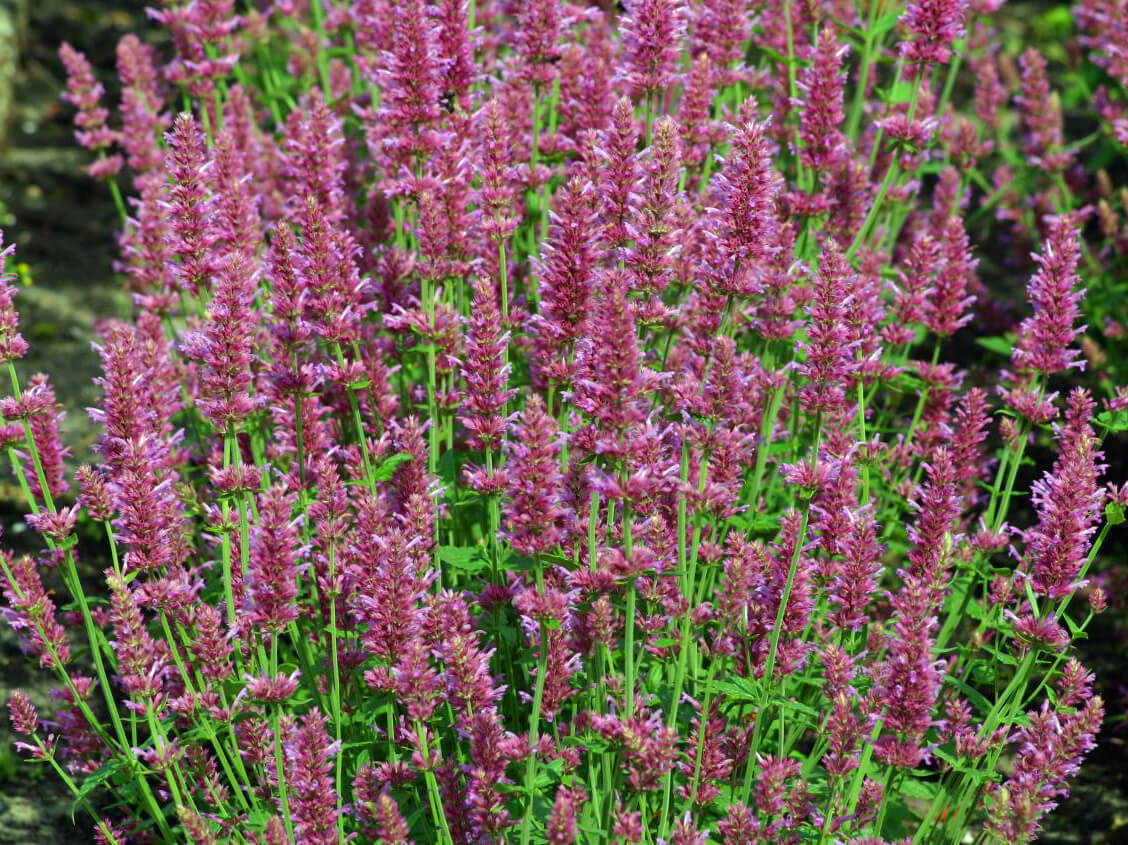
When it comes to consistent color for high-heat areas, few bedding plants can beat hummingbird mint (Agastache spp.). This everbloomer for summer also has highly fragrant foliage and flowers. The 2010 Fleuroselect winner, Agastache Arcado Pink is easily grown from seed and produces wands of fragrant pink flowers. Bees and hummingbirds visit the blooms, and plants will sometimes survive the winter as short-lived perennials.
Cosmos
The colorful, delicate daisies of cosmos also attract bees and butterflies.
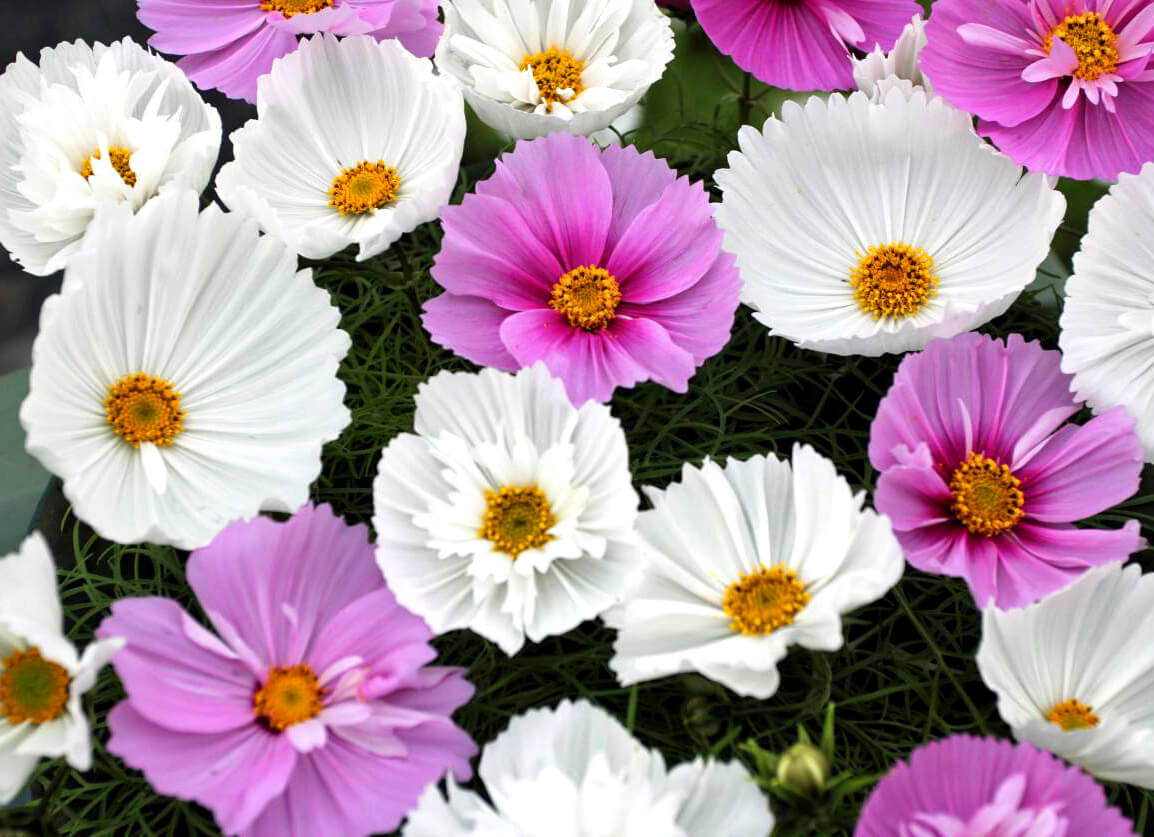
Common cosmos (Cosmos bipinnatus) has rose, pink, or white flowers that may be single or double. Cosmos Cupcakes mix is a 2014 Fleuroselect winner with cupped flowers of white, pink, and rose produced on 3- to 4-foot plants that bloom for three months. The 2015 Fleuroselect award winner Cosmos ‘Rubinato’ bears large, single rose-pink flowers on sturdy plants that reach 18 inches.
Sulfur cosmos (Cosmos sulphureus) has orange and golden flowers and thrives in high heat. Of these, the super short ‘Cosmic Orange’, a 2000 AAS award winner, is one of the best for the garden.
Marigolds
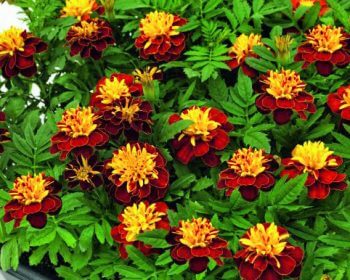
Whether you prefer tall African marigolds or short French marigolds (Tagetes hybrids), there are award-winners for you!
For compact French types, try the single-flowers, primrose yellow marigold Alumia™ Vanilla Cream, which was awarded the 2012 Fleuroselect Novelty award, or the 2018 AAS award-winning ‘Super Hero Spry’, which is super compact and has double flowers of maroon and yellow.
For tall African marigolds, the 2010 AAS winner ‘Moonsong Deep Orange’ produces huge fade-resistant flowers of tangerine on sturdy, heat-tolerant plants. The classic 1977 award-winning ‘Primrose Lady’ is another superb variety with big, pale-yellow blooms.
Petunias
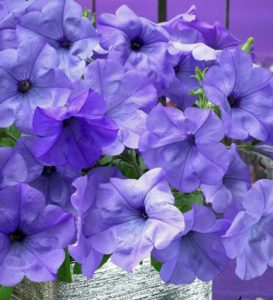
Petunias thrive in hanging baskets, window boxes, and front beds—blooming the summer away, even in hot summer weather. Bees and hummingbirds visit their flowers that come in a huge array of colors to fit almost any planting scheme.
The 2017 AAS-winning Petunia ‘Evening Scentsation’ is a beautiful seed-grown lavender-blue hybrid with large flowers that emit a sweet scent that attracts bees. Another for big color and endless bloom is the 2015 AAS winner, Petunia Tidal Wave® Red Velour, which bears deep red flowers on spreading plants. The smaller-flowered Petunia ‘Opera Supreme Pink Morn’ has deep pink flowers with white and yellow throats and was given a 2007 AAS award for superior bloom and performance.
Salvias
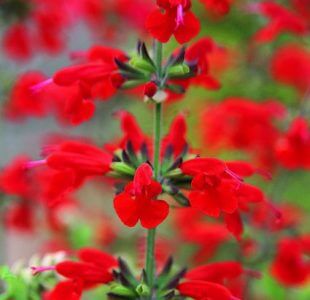
Flowers of red, lavender, pink and white appear on the Summer Jewel™ salvias (Salvia coccinea Summer Jewel™ series) in the hottest heat of summer. All members of the Summer Jewel™ series were given All-America Selection awards, Summer Jewel™ Pink won the 2010 Fleuroselect Novelty Award, and Summer Jewel™ Red won the 2012 Fleuroselect Gold Medal! Their blooms are favored by hummingbirds, and the compact, bushy plants bloom until fall.
Fairy Queen mealycup sage (Salvia farinacea ‘Fairy Queen’) is a stellar variety that bears wands of blue and white flowers. It was awarded the 2008 Fleuroselect Gold Medal for its compact habit and excellent flowering. The purple-flowered Evolution® Violet is another great selection that was given 2006 AAS and Fleuroselect awards for its nonstop color.
Zinnias
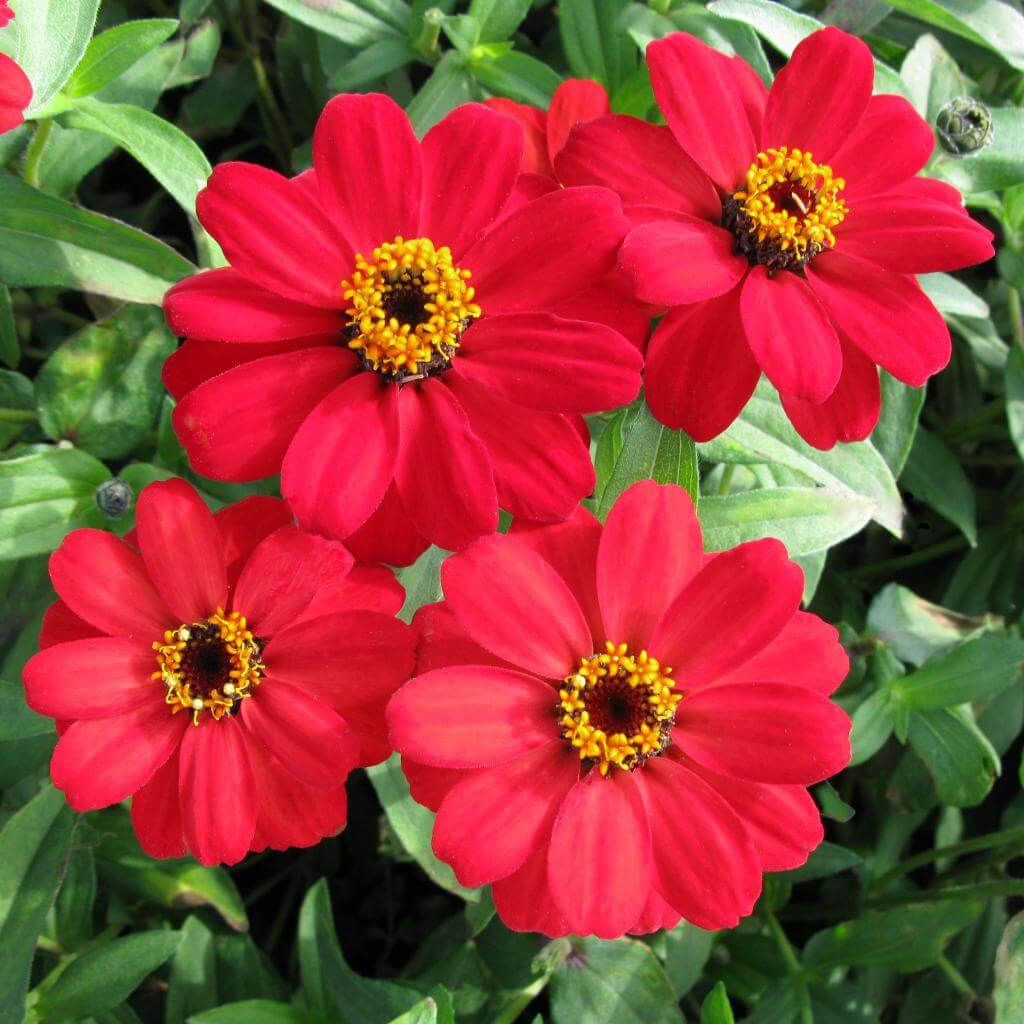
Zinnias come in low-growing forms fit for sunny border edges or containers. Tall forms are better for cutting gardens or larger flower beds.
The low-growing Zinnia ‘Profusion Red’ is an effortless low-growing bloomer that was awarded the 2018 Fleuroselect Gold Medal and a 2017 AAS award. It is both heat and drought tolerant and loved by bees and butterflies. A great tall zinnia for cutting gardens and borders is Zinnia elegans ‘Benary’s Giant Lilac’, the AGM winner has big pastel purple blooms on 2.5-foot plants.
Impatiens
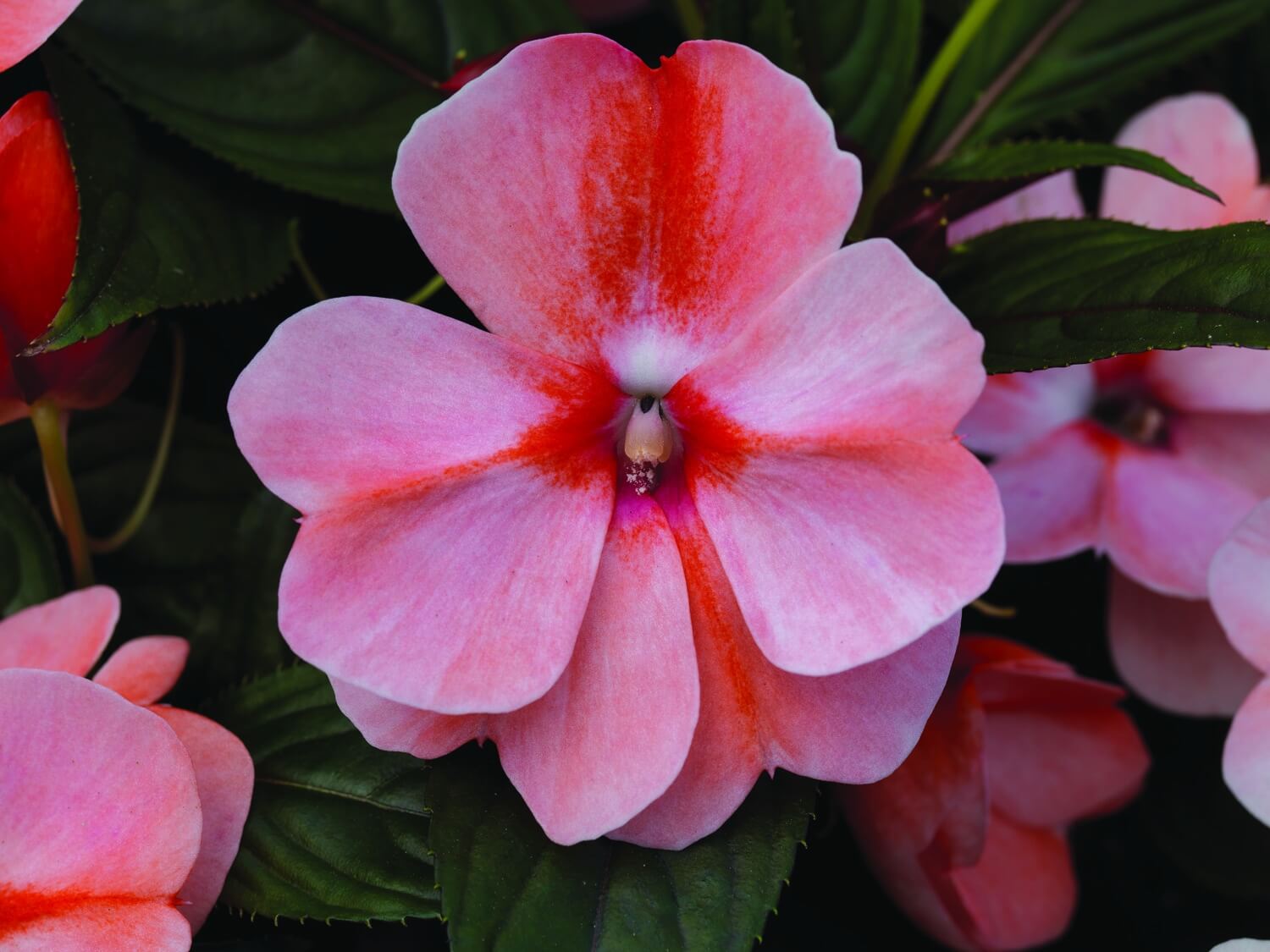
Impatiens are everblooming annuals that give shade gardens a burst of color. There are quite a few award winners to choose from. Of these, the New Guinea Impatiens Florific® Sweet Orange is a 2015 Fleuroselect Gold Medal winner with pale pink flowers blotched with orange-red. The large-flowered Impatiens walleriana Accent Red is a classic red Impatiens that’s easily grown from seed and achieved an AGM award. Both of these classic bedding plants bloom beautifully in full shade. Just be sure to keep them well fed and watered, especially when summer weather heats up.
Seed Starting
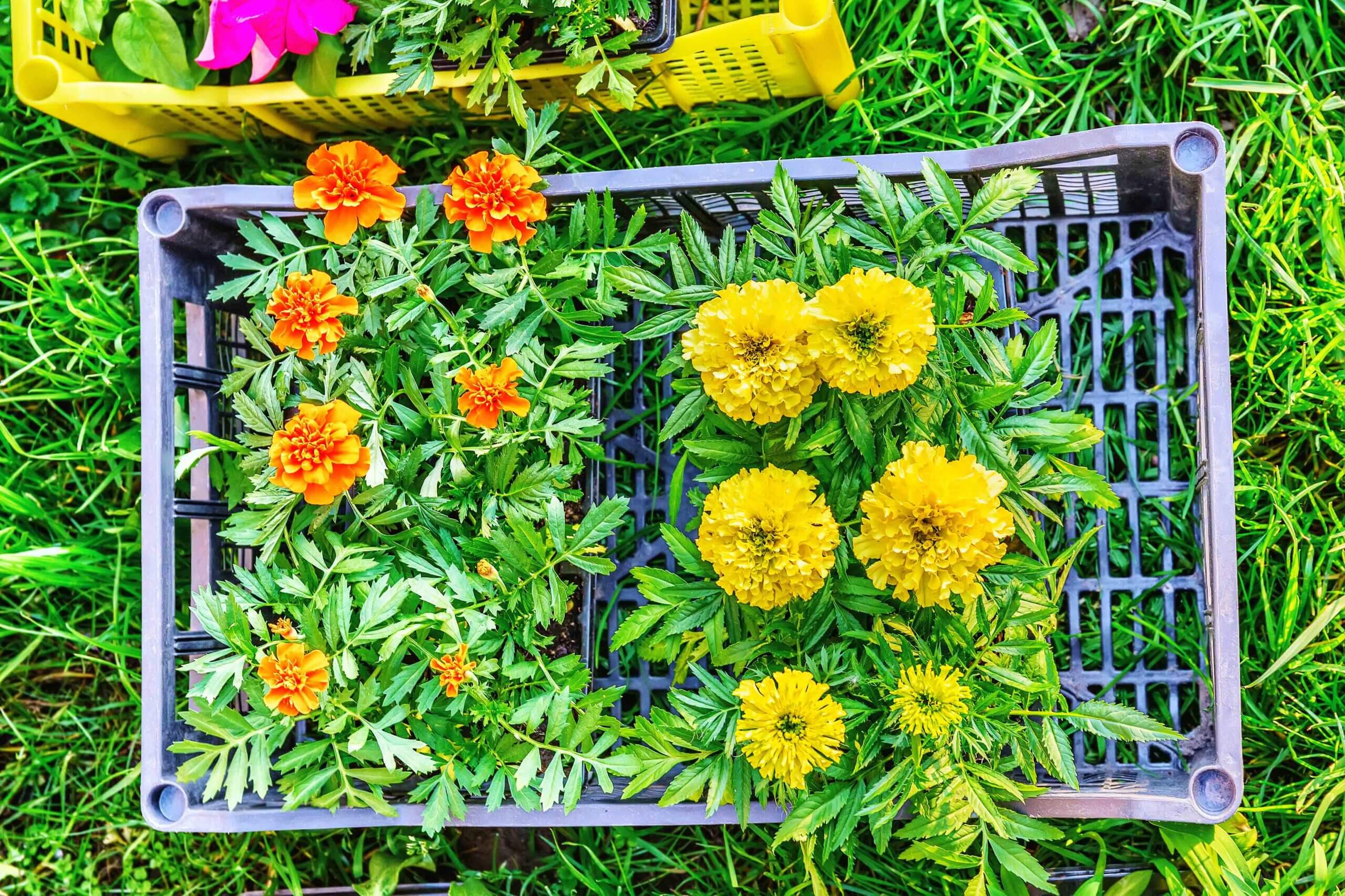
Start your seeds in seed trays fitted with five-count, six-pack flats; these give growing annuals enough space for root growth before outdoor planting. Fill the flats with finely textured Black Gold Seedling Mix, which holds moisture and drains well. This seed-starting mix is also OMRI Listed for organic gardening. Lightly moisten the mix before planting.
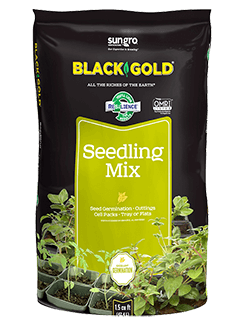 Read the seed packet for complete planting details and expected germination times before seeding. Most should be lightly covered with mix and kept slightly moist. Plant each cell with two to three seeds to ensure germination in each cell. Seedlings grow best if there is only one plant per cell, so move or pinch off extra seedlings that may sprout. Maintain a warm temperature of at least 68-73º F for best germination. Annuals that like hot weather often germinate faster if flats are placed on heat mats.
Read the seed packet for complete planting details and expected germination times before seeding. Most should be lightly covered with mix and kept slightly moist. Plant each cell with two to three seeds to ensure germination in each cell. Seedlings grow best if there is only one plant per cell, so move or pinch off extra seedlings that may sprout. Maintain a warm temperature of at least 68-73º F for best germination. Annuals that like hot weather often germinate faster if flats are placed on heat mats.
Strip shop lights fitted with broad-spectrum grow lights will ensure good seedling growth and provide trays with even light. One shop light will illuminate two trays. Keep trays 4 inches from the grow lights for good germination and to keep seedlings from getting leggy. Raise the lights as your plants grow. Once seedlings have emerged and their new leaves have begun to grow, feed them with half-strength Proven Winners Premium Water Soluble Plant Food.
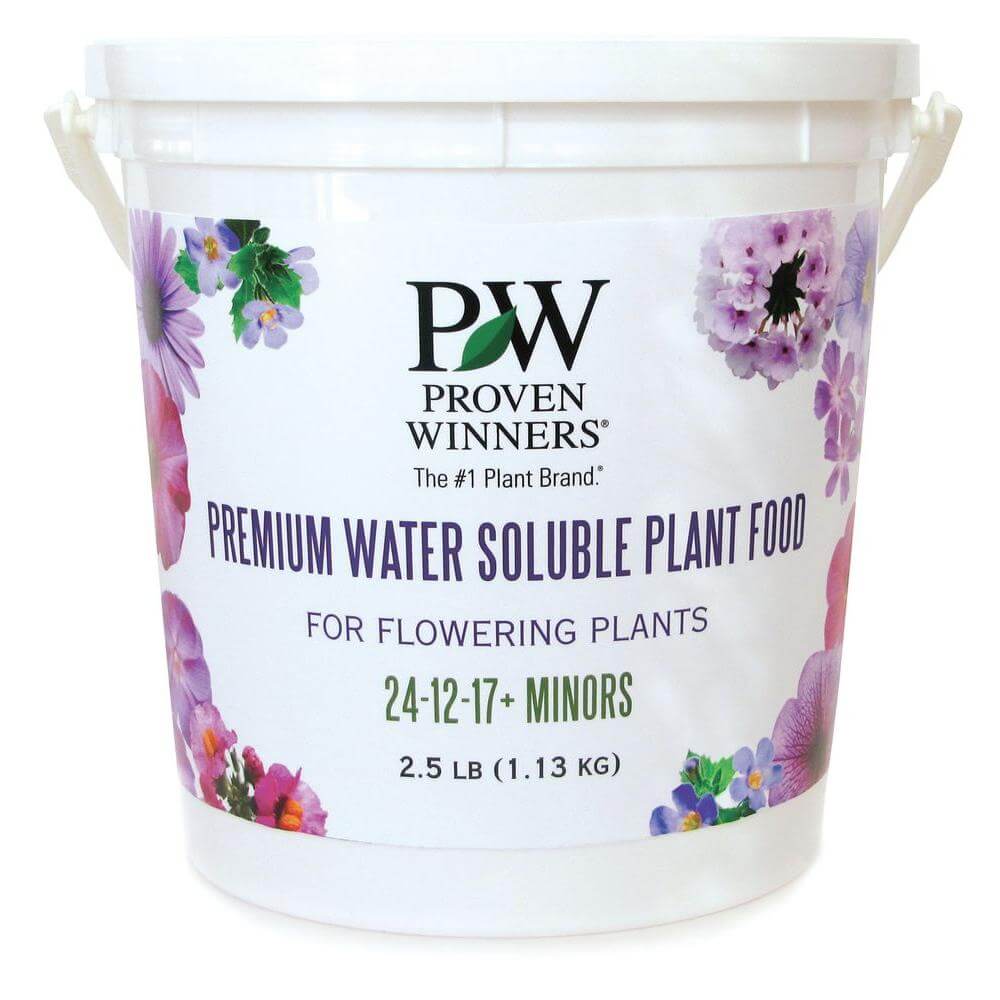 Before bringing your seedlings outdoors in late spring, slowly get them acclimated to natural sunlight and wind by placing them in a protected spot with partial sun for one week. This process of “hardening off” allows tender seedlings that have been grown indoors to toughen up before outdoor planting. After this step, they will be ready to plant!
Before bringing your seedlings outdoors in late spring, slowly get them acclimated to natural sunlight and wind by placing them in a protected spot with partial sun for one week. This process of “hardening off” allows tender seedlings that have been grown indoors to toughen up before outdoor planting. After this step, they will be ready to plant!

